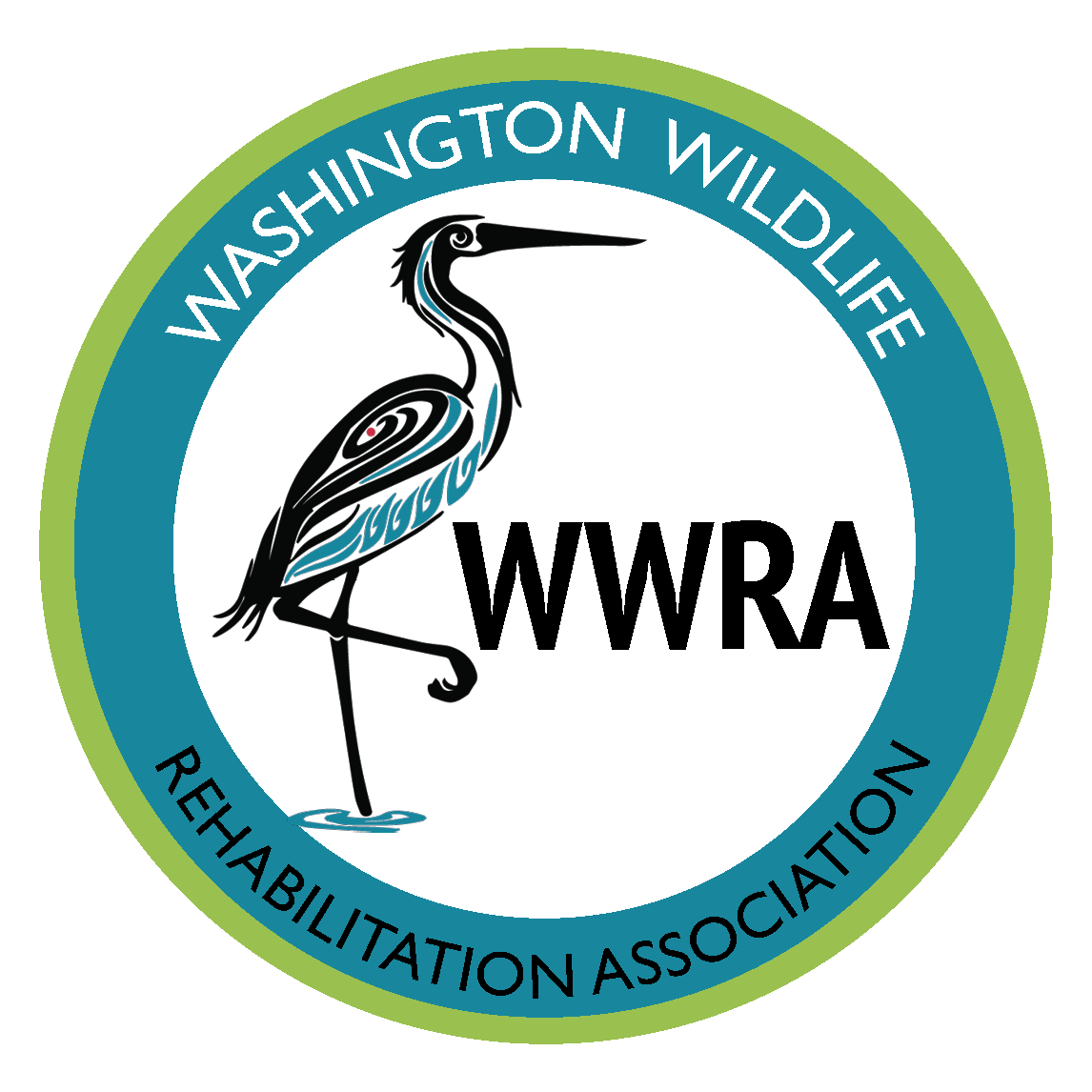Protect Wildlife and Prevent Conflicts
Bird-Specific Conflicts and Actions
-
The Cornell Lab of Ornithology has developed a list of seven ways we can help to protect birds.
1. Make windows safer day and night.
2. Keep cats indoors.
3. Replace lawns with plant natives.
4. Avoid pesticides.
5. Drink coffee that’s good for birds.
6. Protect our planet from plastics.
7. Watch birds, share what you see.Learn more here.
-
A new study shows that hunting by house cats can have big effects on local animal populations because they kill more prey, in a given area, than similar-sized wild predators. This effect is mostly concentrated relatively close to a pet cat’s home, since most of their movement was a 100-meter radius of their homes, usually encompassing a few of their neighborhood’s yards on either side.
Researchers from NC State University and the North Carolina Museum of Natural Sciences collaborated with scientists and citizen scientists from six countries to collect GPS cat-tracking data and prey-capture reports from 925 pet cats, with most coming from the U.S., U.K, Australia and New Zealand.
“Since they are fed cat food, pets kill fewer prey per day than wild predators, but their home ranges were so small that this effect on local prey ends up getting really concentrated,” said Roland Kays, the paper’s lead author. “Add to this the unnaturally high density of pet cats in some areas, and the risk to bird and small mammal population gets even worse.
“We found that house cats have a two- to 10-time larger impact on wildlife than wild predators – a striking effect,” he said.
Read the full article here.——
Find solutions that keep birds and cats safe here.
-
In the United States alone, up to one billion birds die each year from collisions with glass in homes and buildings. Learn how to reduce the impact of glass on birds here.
——
Watch a presentation from the Audubon Society about how birds avoid window collisions here.
——
Watch this how-to video to see a simple, inexpensive way to use a white marker to prevent window strikes here.
General Conflicts and Actions
-
-
Wild Neighbors provides practical, humane, and effective advice on how to share living space with 35 of the most common species, from alligators to woodpeckers, found in the lower 48 states. Advice focuses on how to: properly and accurately define a wildlife problem; determine what type of animal is causing it; identify the damage; effectively take action for a humane and permanent solution; and proactively avoid future conflicts.
Download the book for free from the Humane Society of the United States here.
-
Living with Wildlife from the Washington Department of Fish and Wildlife provides brief natural history information and detailed conflict solutions.
Read about state-specific conflicts and solutions here.
Watch a presentation about wildlife rehabilitation in Washington and how the public can help here.



